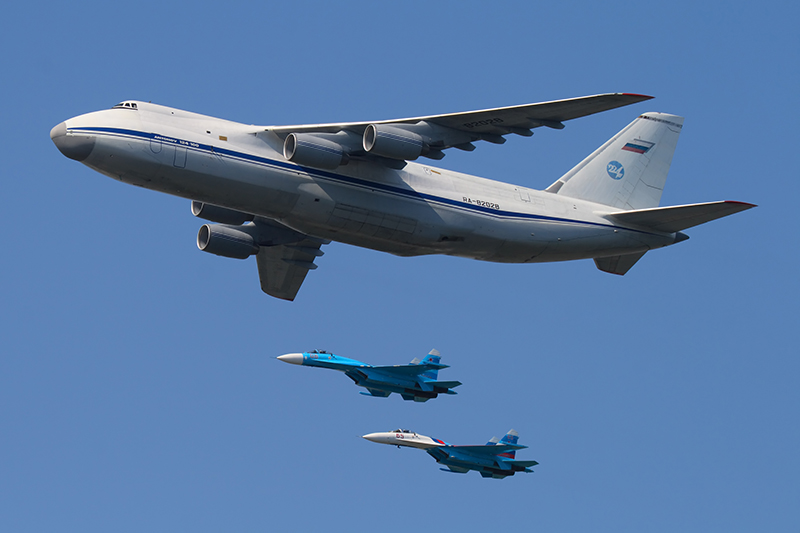Even if the news has been around for several years (and always denied), according to Defence24.pl, vice Prime Minister of Ukraine, Yuri Boyko has recently announced that the An-124 production will be resumed in cooperation with Russia.
According to Mr. Boyko, the Antonov 124 is a perfect solution for both the countries, due to its unique features. Firstly it allows for transporting over 100 tons of load, secondly it can operate from short runways.
The project is to be financed by creating an Ukrainian-Russian joint venture, where Ukrainian Antonov bureau provides the technology and design, whilst the Russians provide financial assets and market to sell the airplane. The copyrights of An-124 belong to Ukrainians, and the Ukrainian party demands for the things to remain this way.
The joint programme may decrease competition between the countries and boost their chances in the international market.
When the Americans developed C-5 Galaxy in 1968, the Soviets responded with An-124 in 1972, entering the mass production in 1986 and, later An-225 being constructed back in 1988, at the dusk of the Cold War. The planes got codenames Condor and Cossack respectively.
The Condor, till Jul. 26, 1985, set 21 world records, e.g. took 171,000 kg of load to altitude of 10,700 meters, beating the preceding Galaxy record by 53%. But it was not the end of Soviet giants.
The need for services provided by Condor inspired the Antonov designer team to create even bigger an aircraft – the An-225 Mriya (code named “Cossack” by NATO).
The 225 is a six-engined airplane, capable of carrying 250,000 kg of load: an astonishing mass, even compared to Mriya’s smaller brother, larger than the C-5.
The main purpose behind the design was to carry Soviet made space-shuttle, Buran, on its back. The widespread v-fins of 225 allow for clearance needed to mitigate the turbulence influencing the tail, the problem NASA struggled with when putting a Space Shuttle atop a 747.









